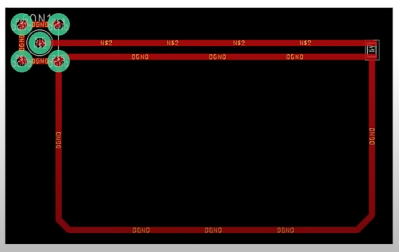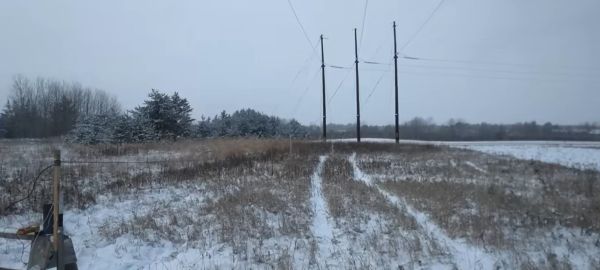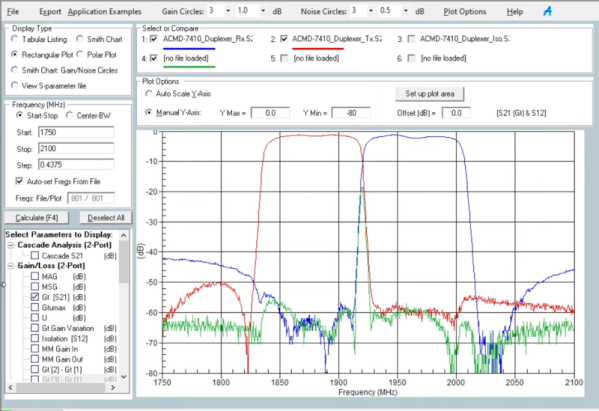Switching power supplies are familiar to Hackaday readers, whether they have a fairly conventional transformer, are a buck, a boost, or a flyback design. There’s nearly always an inductor involved, whose rapid change in magnetic flux is harnessed to do voltage magic. [Craig D] has made a switching voltage booster that doesn’t use an inductor, instead it’s using a length of conductor, and no, it’s not using the inductance of that conductor as a store of magnetic flux.
Instead it’s making clever use of reflected short pulses in a transmission line for its operation. Electronics students learn all about this in an experiment in which they fire pulses down a length of coax cable and observe their reflections on an oscilloscope, and his circuit is very similar but with careful selection of pulse timing. The idea is that instead of reflected pulses canceling out, they arrive back at the start of the conductor just in time to meet a pulse transition. This causes them to add rather than subtract, and the resulting higher voltage pulse sets off down the conductor again to repeat the process. We can understand the description, but this is evidently one to sit down at the bench and experiment with to fully get to grips with.
Continue reading “2025 Component Abuse Challenge: Boosting Voltage With Just A Wire”








![The nearly final measurement by [Double M Innovations].](https://hackaday.com/wp-content/uploads/2024/01/hv_transmission_line_energy_harvesting_final_count.jpg?w=400)









